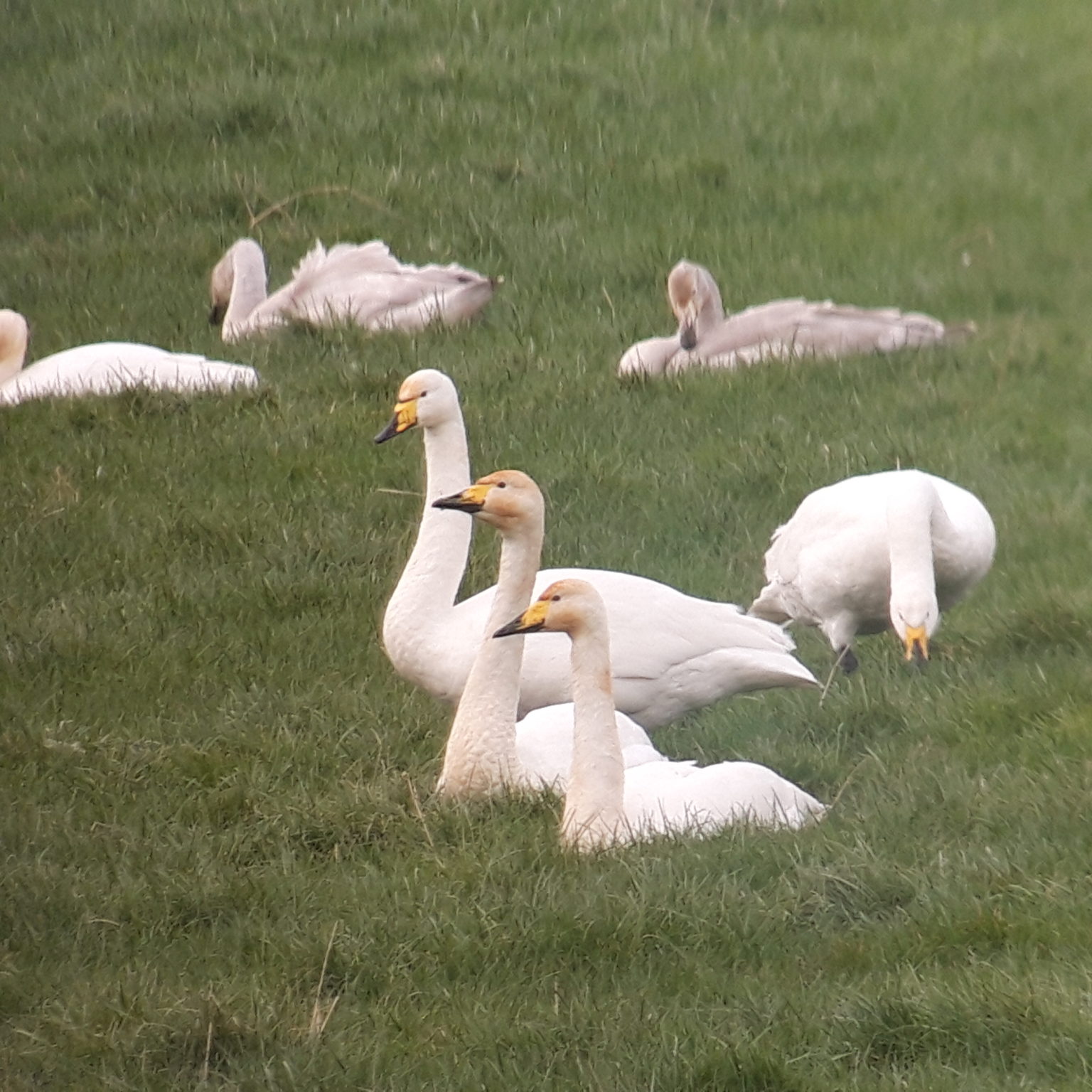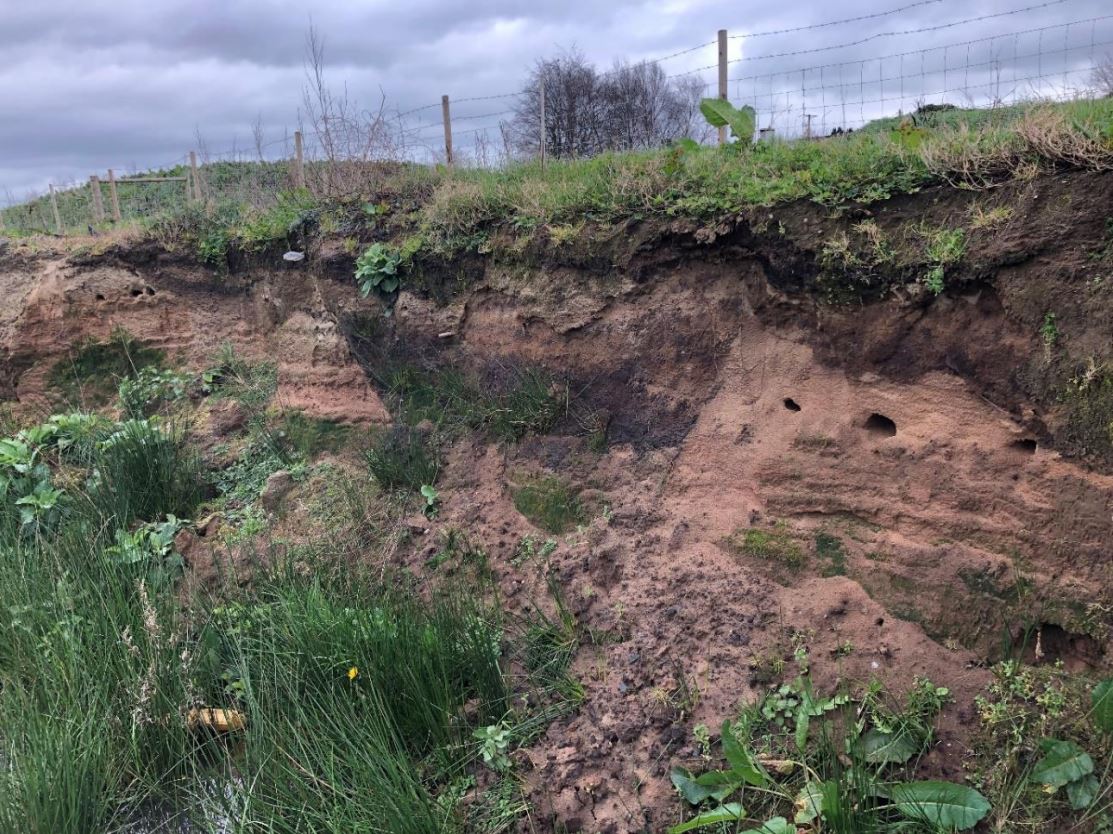Upgrades to A6 Randalstown to Castledawson achieve Excellent rating
Overview
This scheme has improved and widened a stretch of road which historically experienced congestion during busy periods. The flagship investment of £185m strengthens the links between Belfast and Derry/Londonderry and benefits road users and the local community through improved road safety and shorter journey times. This project was award a BREEAM Infrastructure rating of Excellent, thanks in part to its efforts to manage the impacts on the environment and local wildlife.
About
Department for Infrastructure Northern Ireland is the government department responsible for transport strategy and policy in Northern Ireland, including roads and road safety.
Background
Graham Farrans Joint Venture (GFJV) was awarded the contract for this essential work, which was designed to bring long term social and economic benefits to the local area.
From the outset, the management of the potential environmental impacts of the upgrade scheme was a key part of the planning. Environmental risk and opportunity assessments were developed early in the design to address the expected impacts and mitigate these where possible.
These assessments also served to highlight potential environmental enhancements and incorporate these into the designs and contract requirements. GFJV developed the Construction Environmental Management Plan incorporating all of these potential impacts and enhancements. This plan introduced processes to manage the environmental risks during construction.
Challenges
The project was initially designed to relieve congestion, reduce journey times and improve road safety on the A6 between Randalstown and Castledawson. This route is a key part of the link between Belfast and Derry/Londonderry, two major urban centres in Northern Ireland. Before the works, this route was used by 20,000 vehicles every day and congestion was a frequent issue.
This 15km long stretch of road passes through many important habitats, as well as local communities. The environmental assessments discussed above highlighted some opportunities to protect and conserve the local wildlife as part of this upgrade scheme.
Whooper swan protection
One of the neighbours on the scheme were the whooper swans in the Lough Neagh and Lough Beg Special Protected Area. Lough Beg is a small freshwater lake just to the north of the road.
The initial environmental impact assessment (EIA) stressed the importance of protecting the overwintering whooper swan population. Lough Beg is the most important site in Northern Ireland for the swans, who migrate south from Iceland for feeding every winter until their return trip in April.

Solutions
The early planning for the possible impacts of the scheme allowed GFJV to put effective schemes in place to manage the risks.
Whooper swan protocol
The contractor developed a detailed risk assessment management statement to minimise any potential nuisance to the swans and disturb them as little as possible during construction.
They established a whooper swan working group, comprised of the Department of Agriculture, Environment and Rural Affairs (DAERA) Countryside Management, DAERA Conservation Designation & Protection Compliance team, the University of Exeter, Whooper Swan Consultant, RSPB, WWT, DFI Roads, AECOM and GFJV. These specialists advised on methodologies and working times to minimise the risk of disturbance along with ways to enhance the local habitat to benefit the swans.
A whooper swan protocol applied to all operatives wishing to enter the restricted zone during the embargo period of October to March. This included entering the site before first light, entering only on foot and not wearing PPE.
Toolbox talks educated staff on how to reduce the nuisance caused by road construction. These measures included avoiding entering certain fields; keeping equipment, plant and people low key until the whooper swans had moved out of the immediate area; stopping works in fields where swans were present; and continual monitoring of the swans throughout.
Community consultation
The 15km scheme also affected many different landowners and communities. The contractor prioritised community consultation throughout all stages, communicating via leaflet drops, public exhibitions and home visits. During construction, local communities could check a dedicated website to find out about road closures and other updates.
During planning and design, an environmental working group met regularly to discuss impacts and opportunities for the scheme. This included statutory bodies and key stakeholders such as voluntary groups and local charities. The working group continued into the construction stage to give updates on the programme and allow members to address the contractor directly.
Land use and landscape
There was a three-stage process to select a route, following the Design Manual for Roads and Bridges (DMRB). Out of eight routes initially considered, the preferred option won out after an assessment and consultation process.
Offices were hired in central location along the site of the scheme. Borrow pits throughout the scheme provided clay and granular fill. They were then filled with unsuitable material, topsoiled and returned to useable greenfield land. This saved the need to transport class 4 unsuitable material to landfill.
Water environment
The scheme includes four detention basins throughout in order to manage water runoff. These basins attenuated flows and discharge at greenfield runoff rate. The outfall pipe from the basin is designed on an upward slope to capture and extract any floating hydrocarbons. Basin are lined to prevent the groundwater from being polluted, and this lining extends in the ditches down to the nearest major watercourse.
During construction, GFJV constructed silt lagoons, silt fencing and other scour protection measures to protect local freshwater sources throughout the construction period. They also constructed bunds between the haul route and nearby watercourses to delineate the access roads and protect local watercourses.
Physical resources management
GFJV implemented and monitored many different metrics on the scheme manage physical resources appropriately. These included invasive species, pollution control, carbon, CCS, waste, green travel, biodiversity, resource management and water quality.
They also developed a mass haul plan to manage site-won materials and ensure that materials travelled the least distance possible to where they were needed. This saved an estimated 23,178.6 tonnes of carbon dioxide, compared to disposing of materials offsite.
Transport
While there were many highly specified design features along the scheme, one aspect of design which went far beyond the required standards was at the Castledawson Roundabout. The standards required at-grade crossings for pedestrians. However, during the planning and design stages this was upgraded to a bridge crossing which was subject to a standalone planning application.
The result is a focal point for the junction which provides a route for pedestrians, and other non-motorised users such as cyclists, to get across the junction safely.

Benefits
The BREEAM Infrastructure certification process ensured that the scheme promoted sustainable practices throughout. This included management of material on the site, biodiversity protection and engagement with the local communities.
Planning and governance
The client held monthly meetings in order to complete the BREEAM Infrastructure assessment, which meant that actions were carried out promptly across the scheme.
For example, during planning and design, further drainage checks were completed to ensure resilience in the system. This made sure that extreme rainfall events, beyond those designed for, would be managed appropriately.
Benefits during construction
BREEAM Infrastructure influenced many factors during construction. For example, bespoke haul plans were drawn up to specify the location, type and quantities of material being distributed throughout the site.
Of course, the scheme itself also brought many benefits to the local community which will make a lasting difference through improved road safety and shorter journey times.
Best practice and innovation
Material efficiency on the scheme is a showcase for how materials, if planned and designed correctly, can be used in a highly sustainable manner.
Constructing a scheme adjacent to Lough Beg also required some innovative techniques and ideas in order to conserve local wildlife and protect important habitats.
Peter Shaw, AECOM
Dion Williams, DWW Consulting Ltd
